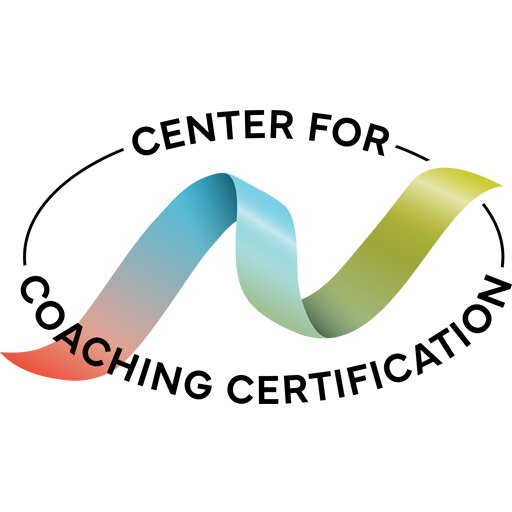Coaches access a multitude of tools in serving their clients – some in preparation for a coaching engagement such as assessments – and others while coaching. Tools are often learned, developed, and refined in coach training and while providing coaching. Additionally, coaches work with clients to co-create tools specific to that individual client.
Examples of tools used in Health and Wellness Coaching include:
- Inventories: In addition to assessments and diagnostics, Health and Wellness Coaches use inventories with clients. The type of inventory ranges from inventories of interests and wants in all areas of their life to detailing existing health and wellness.
 In addition to serving the client with information for awareness, inventories provide insight for developing the focus and choosing priorities in the coaching engagement.
In addition to serving the client with information for awareness, inventories provide insight for developing the focus and choosing priorities in the coaching engagement. - Visuals: Visuals range from a simple tool to clarify processes, the relationship of different areas or services, to brainstorming tools.
- Affirmations: The positive reinforcement of client intention is a powerful tool and affirmations range from posting simple one-sentence statements to fully developing the client’s ideal story.
- Experiential Activities: Clients may choose to engage in different activities for their own awareness, for new insights, and to test out possibilities. Coaches partner with clients in their planning and then afterwards in reflection to maximize outcomes.
- Research: Coaches will support a client in choosing to research both in the planning phase and in processing the learning plus deciding how to apply it personally.
- Accessing Resources: A multitude of resources are currently available and coaches support their client both in finding them and in engaging for maximum results.
The list of tools goes on and of course each coach develops specific techniques and tools for their coaching work.





